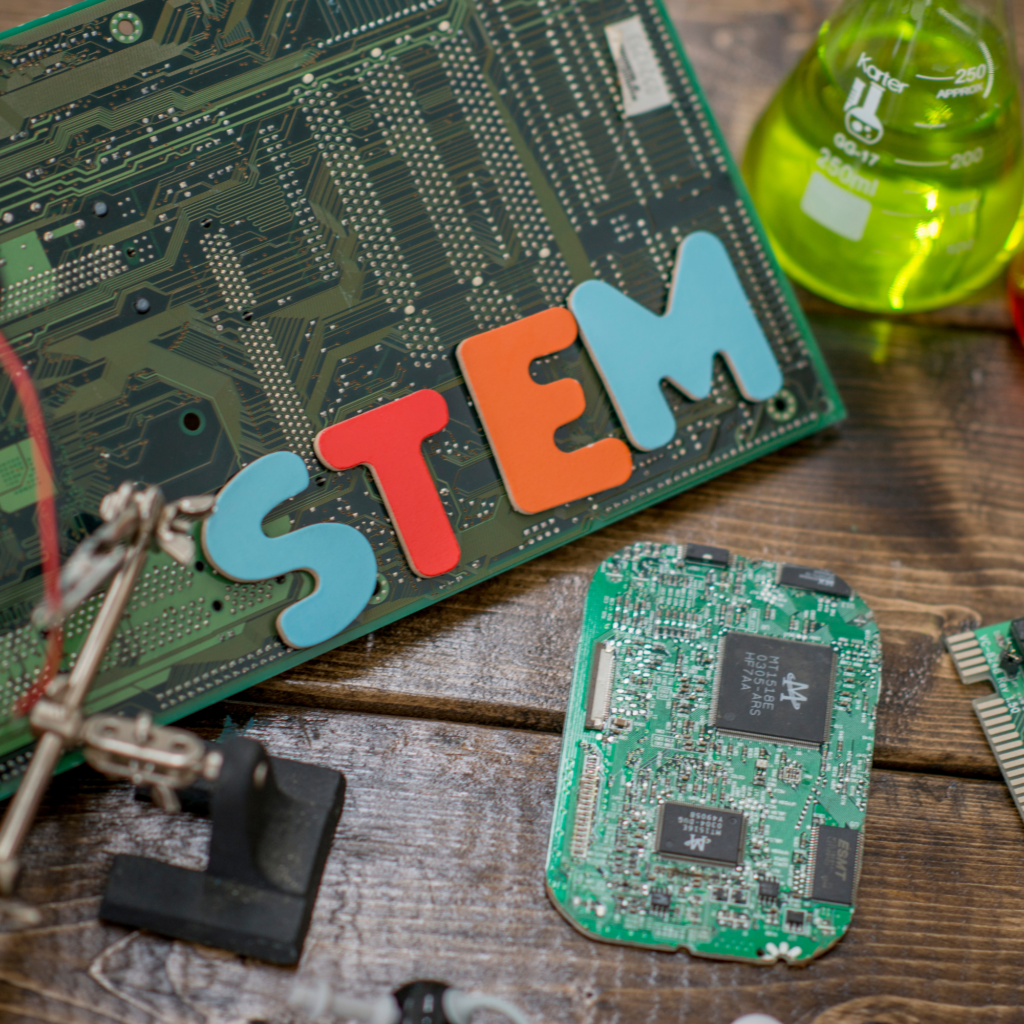
As we strive to prepare the next generation for a future filled with challenges and opportunities, it becomes imperative to bridge the gap between the seemingly disparate realms of STEM (Science, Technology, Engineering, and Mathematics) and the arts. This integration, known as STEAM, holds the key to nurturing well-rounded individuals who can not only solve complex problems but also think creatively, innovatively, and empathetically.
At its core, STEAM recognizes that creativity and innovation are not the exclusive domains of the arts but can significantly enhance STEM subjects. Here’s how we can achieve this integration:
1. Cross-Disciplinary Projects: Encourage students to engage in cross-disciplinary projects where they can leverage both scientific and artistic skills. For example, building a kinetic sculpture that explores engineering principles while delighting with its aesthetic appeal.
2. Artistic Visualization: Utilize art as a tool to visualize intricate scientific concepts. Creating visual representations, whether through drawings, diagrams, or multimedia presentations, helps students comprehend and communicate abstract ideas effectively.
3. Design Thinking: Introduce design thinking into STEM education. This approach not only promotes creative problem-solving but also emphasizes the importance of aesthetics alongside functionality, essential in fields like product design and architecture.
4. Storytelling: Encourage students to use storytelling techniques to convey scientific concepts. Narratives can make complex ideas relatable and memorable, fostering a deeper understanding.
5. Artistic Coding: Blend coding and programming with artistic expression. Coding languages like Processing enable students to create interactive art installations, merging technology and creativity seamlessly.
6. Data Visualization: Teach students to visually represent data through artistic means. From crafting informative infographics to building interactive data visualizations, this approach enhances data comprehension and communication skills.
By integrating arts into STEM subjects, we not only make learning more engaging but also equip students with a diverse skill set essential for success in an increasingly interconnected world.
